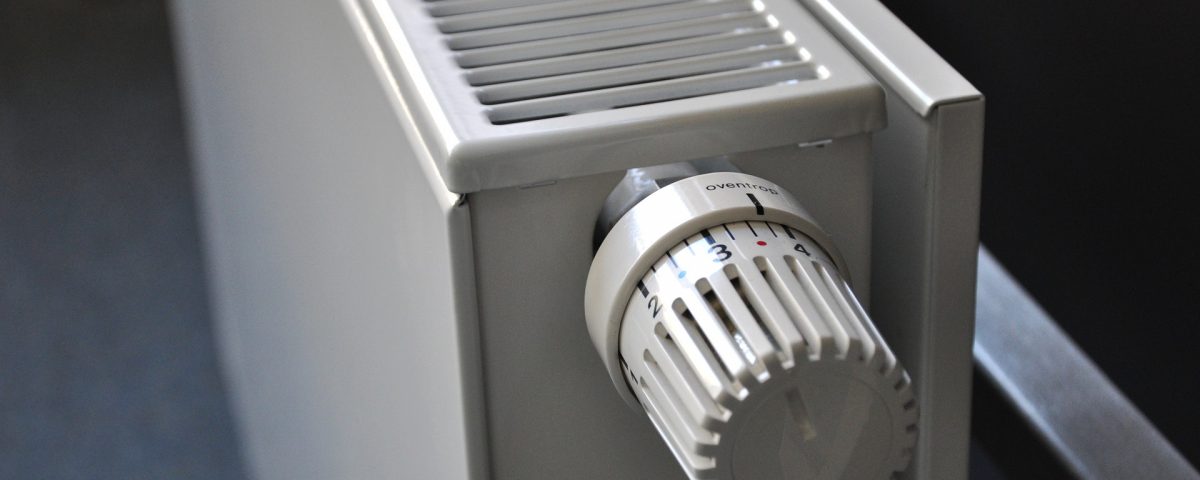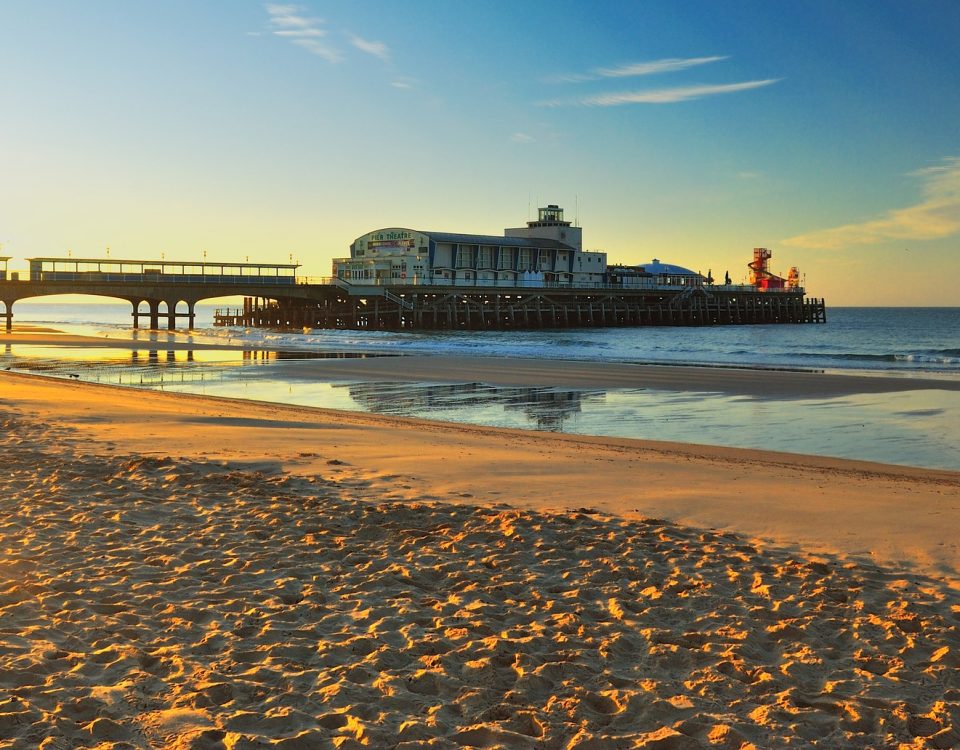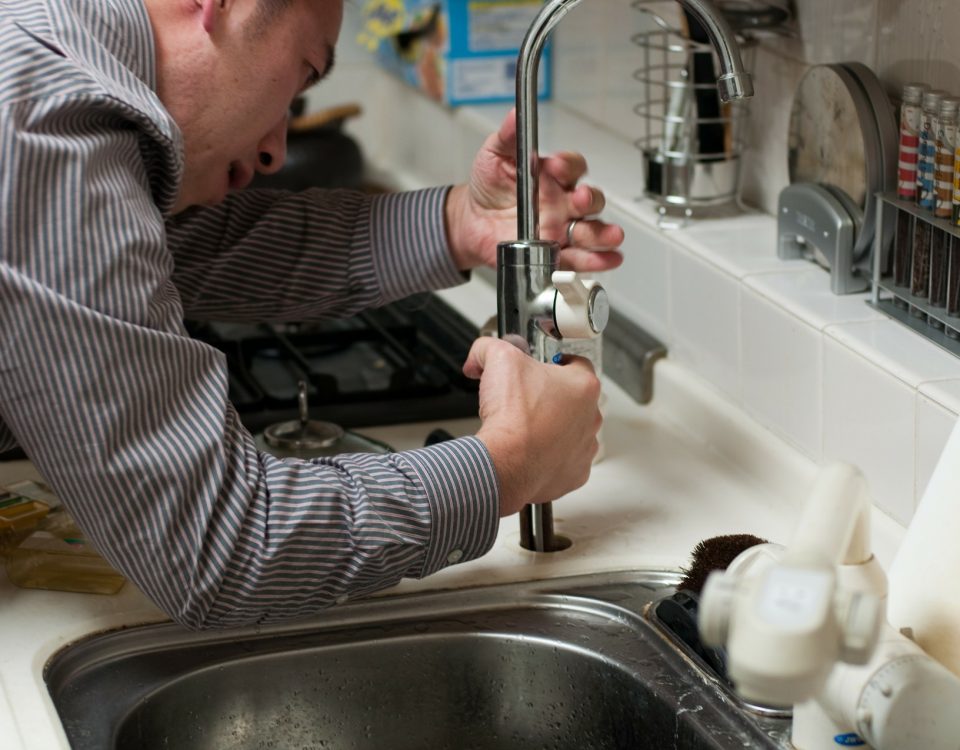When Should You Bleed a Radiator and How to Do It

What Can Cause Carbon Monoxide and Why You Should Take It Seriously at Home
May 4, 2018
Why It’s Important to Use Gas Safe Registered Engineers
June 5, 2018Before we get on to when to bleed radiators, let’s quickly examine why. The vast majority of us, both in domestic and commercial properties, have gas central heating. These systems use water-filled radiators for heat. Fundamentally the entire heating system should predominantly contain water only. However, there are a few reasons why air can get in. Air getting into the system compromises the heat you’ll get from your radiator. Think about it, the heat is in the water itself, yet air will sit above water. Therefore, if your radiators aren’t chucking out heat like they used to, particularly from the top, chances are there is air in the system.
The Tell-Tale Signs
In a moment we’ll walk you through how to bleed your radiator. Bleeding the radiator simply means removing the air. However, first you need to consider ‘when should you bleed a radiator?’ As stated above, a sure-fire sign that the radiator has got air in it is that when the central heating is on, the top of the radiator is considerably less warm than the bottom. The air sits on top of the water so this makes the bottom, where the hot water comes in, hot and the top part of the radiator less hot. Radiators like this need bleeding.
There are some other tell-tale signs. Ever think someone is creaking about upstairs when you know they’re not? Ever wonder if you’ve got Borrowers living in your walls? These noises, sometimes akin to a tapping and at other times akin to drumming, are often caused when air bubbles are moving around your water pipes.
Finally, a less common indicator that your radiators need bleeding is damp patches or condensation forming. Sometimes this can be due to inefficiency in the heating system caused by air in the radiators.
Why Should You Bleed Your Radiators
Having air in the central heating system taking up valuable room in your radiators, reduces the energy efficiency. Your boiler is still working just as hard, using just as much gas, for less heat output. If you want to minimise your bills you need to ensure your central heating system is operating optimally. Bleeding your radiators, along with regular servicing by gas safe registered engineers, is an easy way to ensure your central heating system is cost effective and energy efficient.
When Should You?
In principle, bleeding radiators shouldn’t need to happen very often. If you’re constantly bleeding your radiators and you’re still struggling with the issues above then it is time to call in gas safe registered engineers, such as us here at Ecosafe, to come and investigate. You may have a leak somewhere in the system which is causing air to sneak in.
Modern central heating systems are designed not to let air in. Therefore, in a fully functional system you shouldn’t need to bleed the radiators more than once or twice a year, most likely at the start of the cold season, and only if you’ve identified one of the above problems. So you can put images of your dad doing the rounds of the radiators when you were young to one side – it shouldn’t be happening that regularly. If it is, call a plumber.
The good news is that bleeding a radiator is uncomplicated, so it is a good first port of call.
How to Bleed Your Radiator
Before you start you’ll need a few things: a radiator key (available from most DIY stores) or a screwdriver, a tub or pot to collect a small amount of water, and a large towel.
- Go to each radiator in the house and set them to the maximum temperature. Switch on the heating for a minimum of 15 minutes.
- Switch off the heating in order to stop pumping any air around the system. Make sure you wait at least 10 minutes for the system to cool enough to make it safe.
- Start at the radiator closes to the boiler. Switch the valve off and put your tub under the bleed valve. Have the towel on hand in case of any larger leaks.
- Place the radiator key (or use the screwdriver) on to the bleed valve and turn anti-clockwise slowly, and not fully. Air may come out first, and stop when this is replaced by water. It is important not to open the valve to its maximum as it will be very difficult to close it again.
- When water has started to come out close the valve.
- Head to the next radiator closest to the boiler and repeat the above steps. Continue the process working gradually away from the boiler from the bottom of the house to the top.
- Once you have bled all the radiators switch your central heating back on.
- Look at the water pressure gauge near to or on your boiler. The gauge needle should be pointing between the 1.5 and 2 bars. This may be indicated with green shading. If the needle has dropped lower you will now need to re-pressurise the boiler (put more water in) to get it back up to the required level.
When to Call in Gas Safe Registered Engineers?
Hopefully bleeding your radiators once or twice a year, along with regular servicing and maintenance of your boiler, will ensure everything keeps working well. However, if you bleed your radiators and are letting out a vast amount of air, or you have to bleed them regularly, then this is an indicator that you may have a leak somewhere in the system or a problem within the boiler itself.
In these instances, you will now need to call in a Gas Safe registered engineer who is authorised to look within the boiler and trace any problems. They will know how to track down where the air is getting into the system and fix it, hopefully before it becomes a bigger problem.
If you are concerned that your radiators need bleeding too frequently, or cannot quieten down the noises coming from the pipes, give us a call on 0333 939 0161 and one of our Gas Safe registered engineers can get things sorted quickly.





